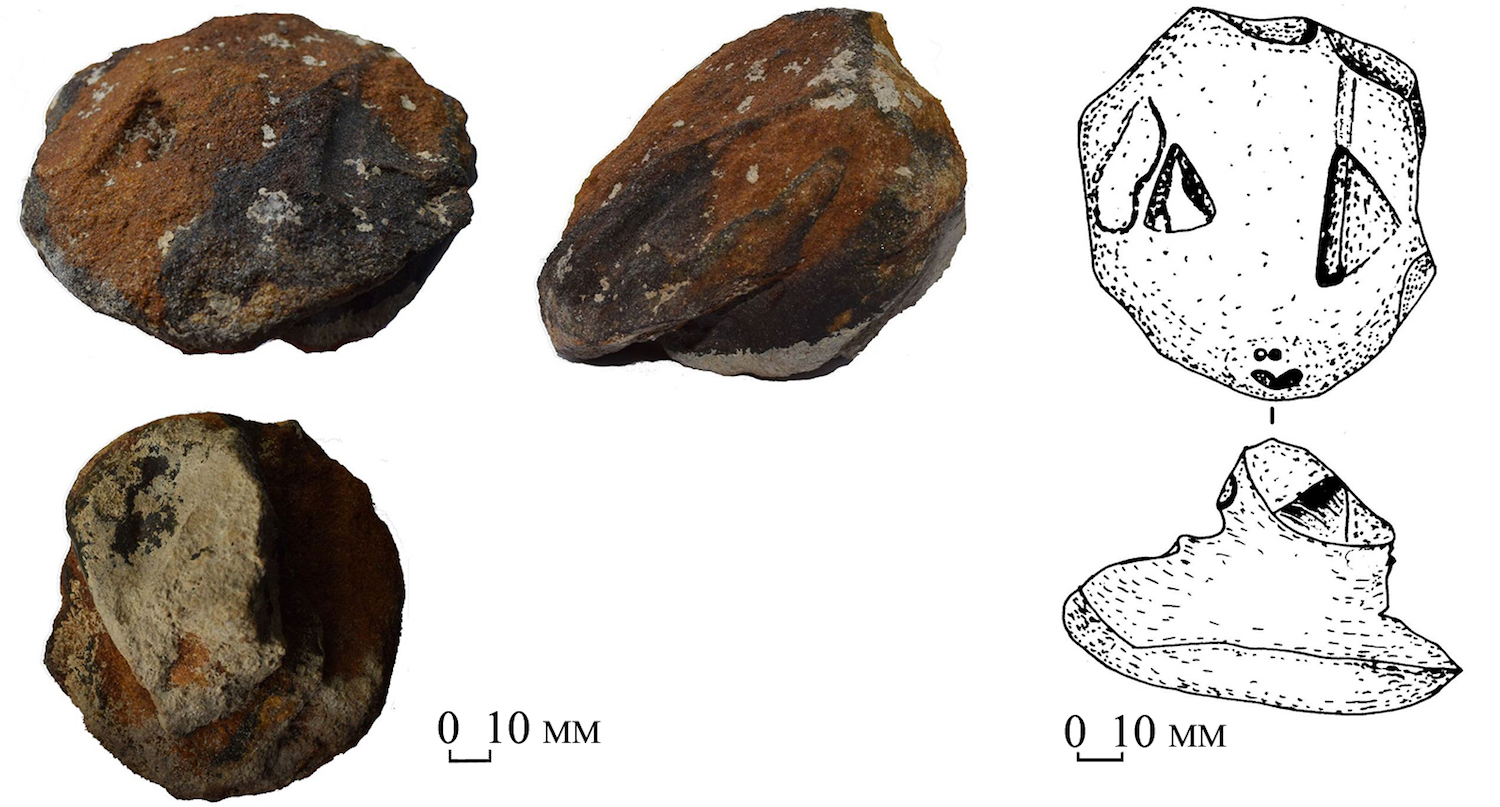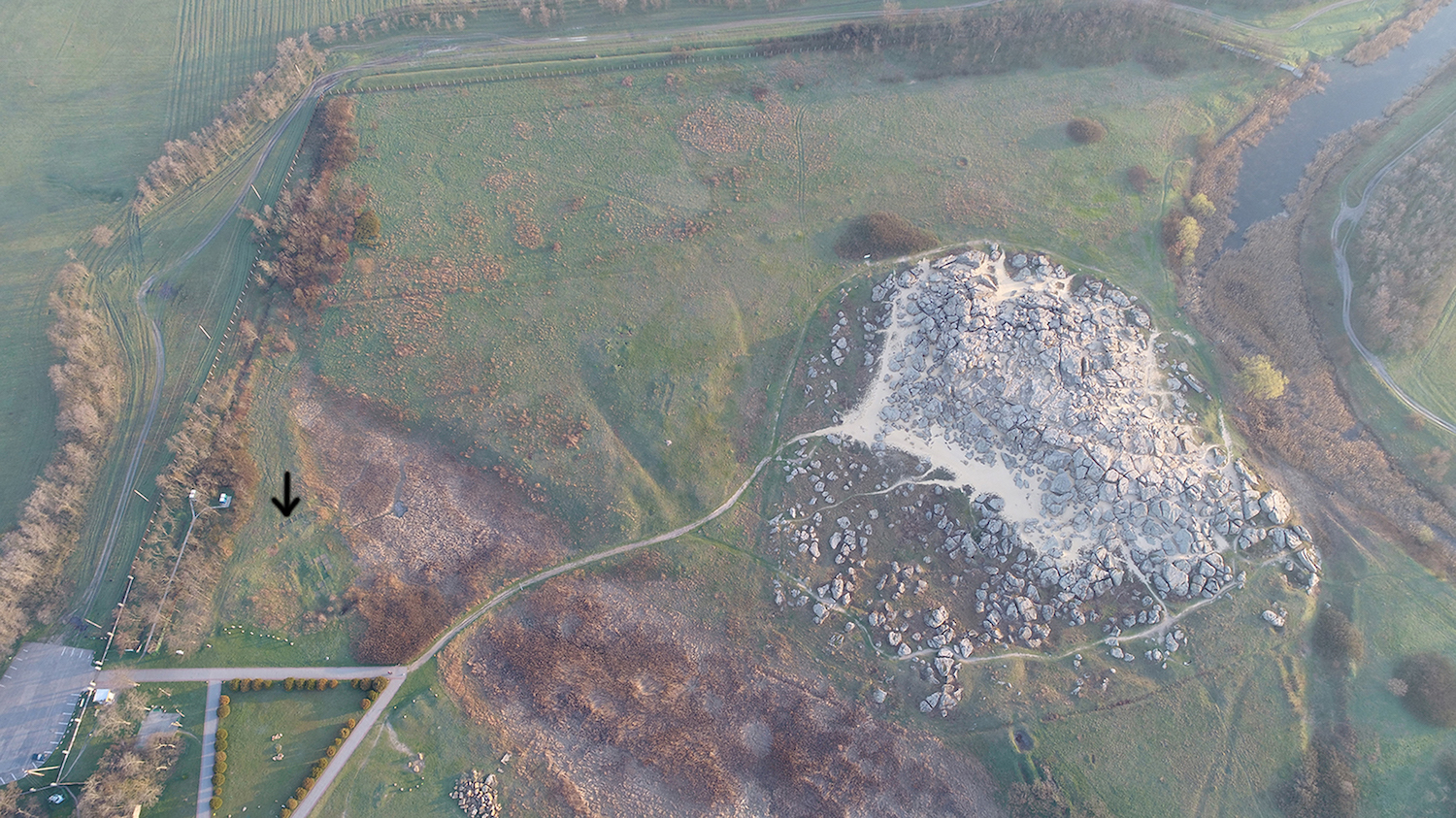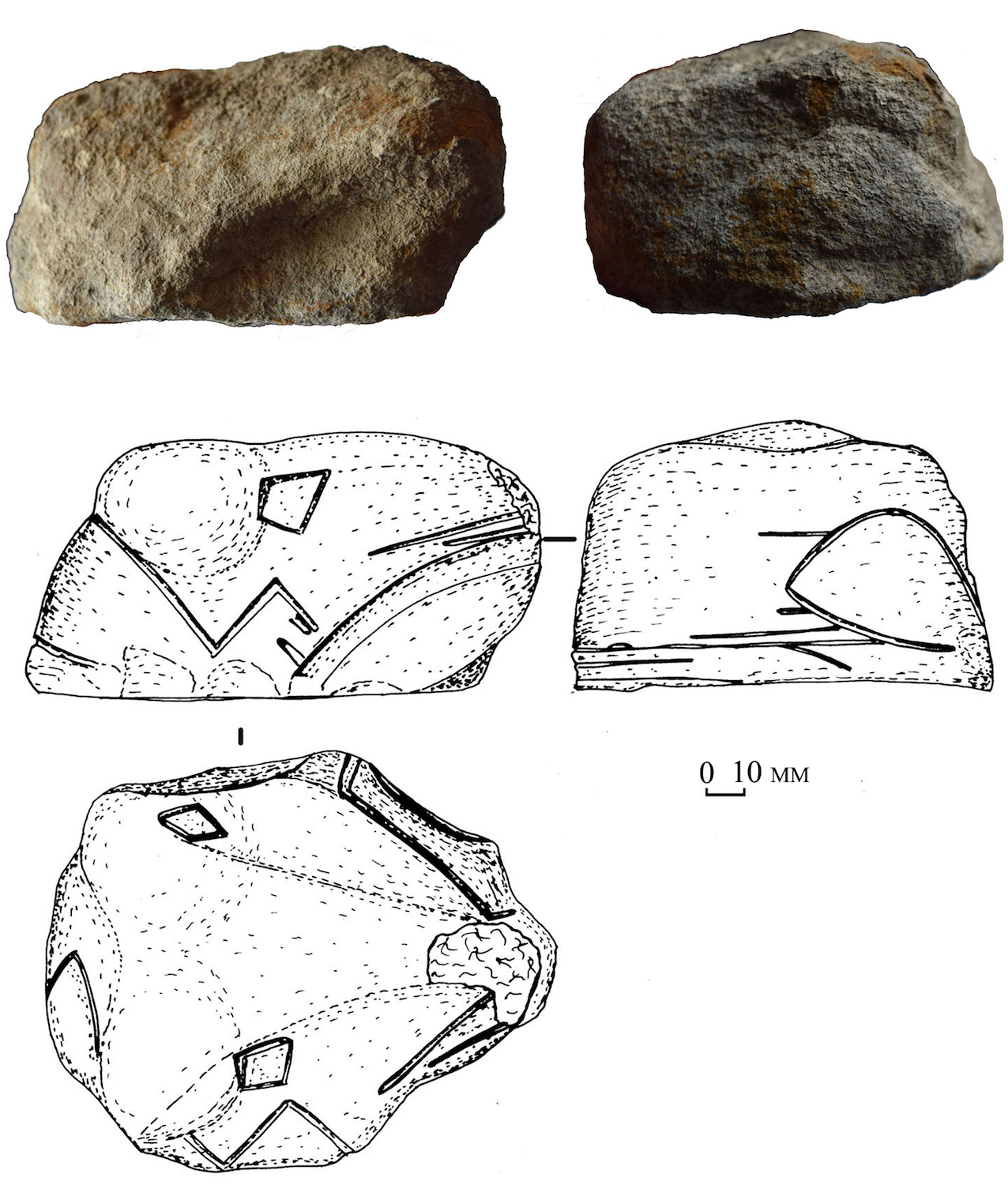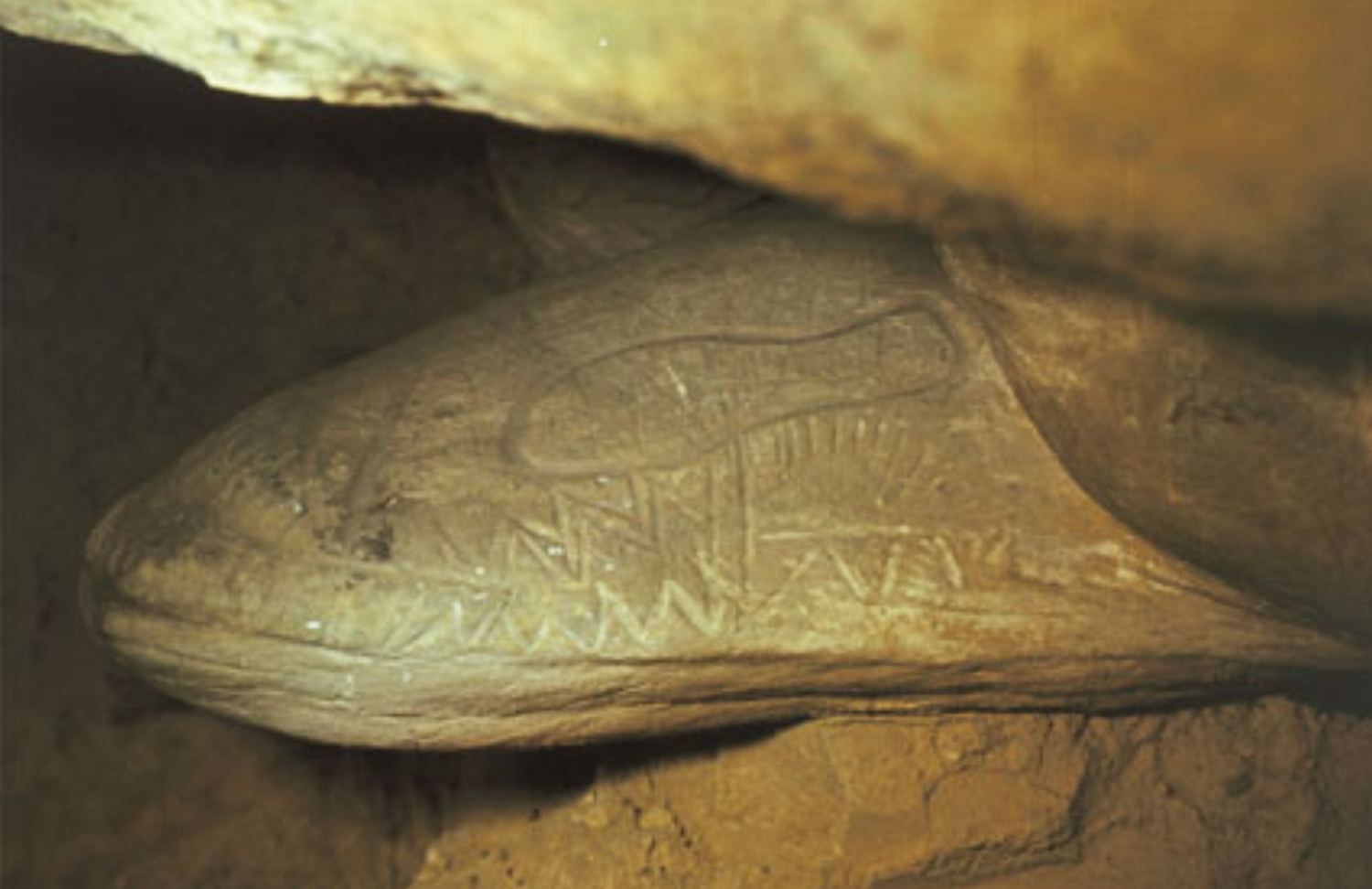8,300-Year-Old Stone Snake Heads Reveal Stone Age Ritual Ceremonies

What might be passed over as two oddly shaped rocks are the work of Stone Age artisans who sculpted the rocks into beady-eyed snake heads, archaeologists have found.
It's a mystery why these ancient people, who lived in what is now Ukraine, created the stoney serpents, but the researchers have a good guess.
"These sculptures could have ritual purpose," said study lead researcher Nadiia Kotova, an archaeologist in the Department of the Eneolithic and Bronze Age at the Institute of Archaeology National Academy of Sciences (NAS) of Ukraine. "They were probably used during ceremonies." [In Photos: Intricately Carved Stone Balls Puzzle Archaeologists]
Kotova and her team found the snakey stones in 2016, during an excavation at Kamyana Mohyla I, an archaeological site near the city of Terpinnya. Both stones, although different ages, were found near ancient bones and flints from the same period: the Mesolithic, which is the middle Stone Age between the earlier Paleolithic and later Neolithic. There were many sandstones at the site, but "these two had quite a strange shape, so we decided to look closer," Kotova told Live Science in an email.

The "older" figurine was found near an open fireplace, near piles of shells and flint tools. Using organic matter from the fireplace, the researchers were able to radiocarbon date the yellow sandstone snakehead to between 8300 B.C. and 7500 B.C.

This snakehead is small, measuring only 5 inches by 3 inches (13 by 6.8 centimeters) and weighing almost 3 lbs. (1,215 grams). It has a triangular shape with a flat bottom. "Two rhombic eyes were carved on the upper surface alongside two knobs" on the stone, the researchers wrote in the study. "A wide, long line represents a mouth."
Regrettably, the snake was "damaged on the 'nose' during excavation," the researchers wrote in the study.
Sign up for the Live Science daily newsletter now
Get the world’s most fascinating discoveries delivered straight to your inbox.
The "younger" stone snake was also found by a fireplace and was dated to about 7400 B.C. It measures about 3 inches by 2 inches (8.5 by 5.8 cm) and weighs just under 1 lb. (428 grams), meaning it can comfortably fit in a person's hand, Kotova said.
"The smaller stone has a flattened, round shape and so-called 'neck,'" Kotova said. "There are two deep traces, probably the eyes of the creature. There is also kind of a nose."
The two findings represent the only snakehead stones known at Kamyana Mohyla I. However, scientists did discover a fish-like stone sculpture at the nearby Kamyana Mohyla, a giant stone pile just a stone's throw from the snakeheads' spot.

Archaeologists don't know much about the people who made these sculptures, except that these prehistoric inhabitants lived on the steppe of the northwestern region of the Sea of Azov. "They made tools from stones, flints and bones and hunted with bows and flint arrows," Kotova said. "It was the society of hunters and gatherers. Unfortunately, we don't know much about their cultural traditions yet."
The study was published online today (Dec. 12) in the journal Antiquity.
- In Images: An Ancient European Hunter-Gatherer
- Photos: Stone Age Skulls Found on Wooden Stakes
- Photos: Bronze-Age Stone Tools Unearthed at Site of Ancient Stream
Originally published on Live Science.

Laura is the archaeology and Life's Little Mysteries editor at Live Science. She also reports on general science, including paleontology. Her work has appeared in The New York Times, Scholastic, Popular Science and Spectrum, a site on autism research. She has won multiple awards from the Society of Professional Journalists and the Washington Newspaper Publishers Association for her reporting at a weekly newspaper near Seattle. Laura holds a bachelor's degree in English literature and psychology from Washington University in St. Louis and a master's degree in science writing from NYU.










